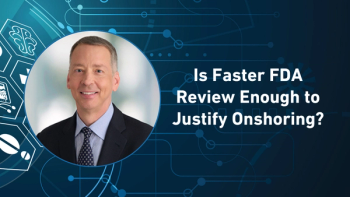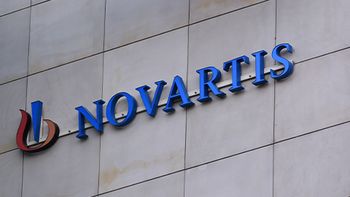
Here come drug prices in TV ads
A final rule is still in the works at HHS, but some manufacturers are testing the inclusion of prices in TV ads
According to a report in
The price mention occurs after last year’s Trump Administration position, in its healthcare-costs “
Knowledgeable industry people—and at least some consumers—know that list price of a drug is just one bit of data in a pool of different pricing arrangements through doctor’s offices, health systems, mail order pharmacies and other supply chain participants; drug price depends on the channel and payer arrangement by which a drug is purchased. But the Trump Administration is apparently banking on a perception that, if a drug’s price is extraordinarily high, some degree of public criticism of the manufacturer will compel it to lower the price; or that competing drugs will be able to position themselves favorably against the high-priced option once drug prices are more widely publicized. Both of these are questionable suppositions; the whole effort could go in a sideways direction, with claims of cheaper pricing outweighing medical efficacy in patients’ views. Finally, it's worth noting that the US remains one of the few countries in the world that allow pharma advertising on television.
Newsletter
Stay ahead in the life sciences industry with Pharmaceutical Commerce, the latest news, trends, and strategies in drug distribution, commercialization, and market access.





